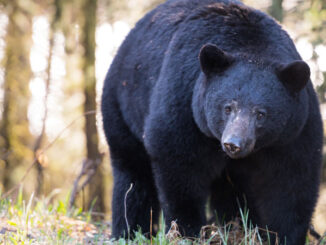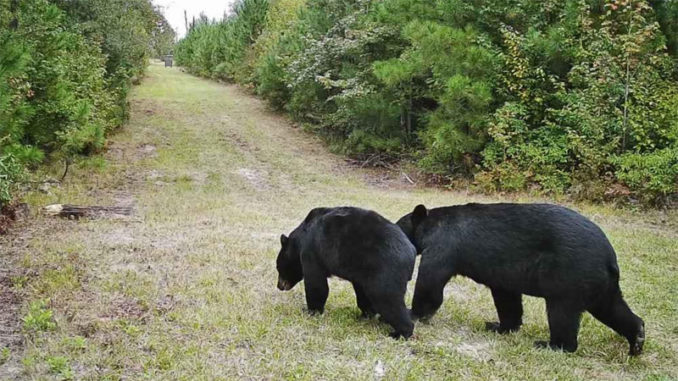
Outdoorsmen and hunters took to social media expressing their displeasure with a Notice of Intent (NOI) for Louisiana’s first bear season in years passed by the Louisiana Wildlife and Fisheries Commission Nov. 2.
Many of the vocal hunters felt the 10 harvest limit was too minimal of a number for Louisiana’s current bear population. It was perceived as more of an insult than a solution to a growing problem.
The bear season was proposed for only one area of the state, Region 4, which encompasses East and West Carroll parishes, Madison and Tensas parishes and portions of Franklin, Richland and Catahoula parishes. That’s 1.4 bears per parish.
LDWF has established seven well-defined Bear Management Areas across the state.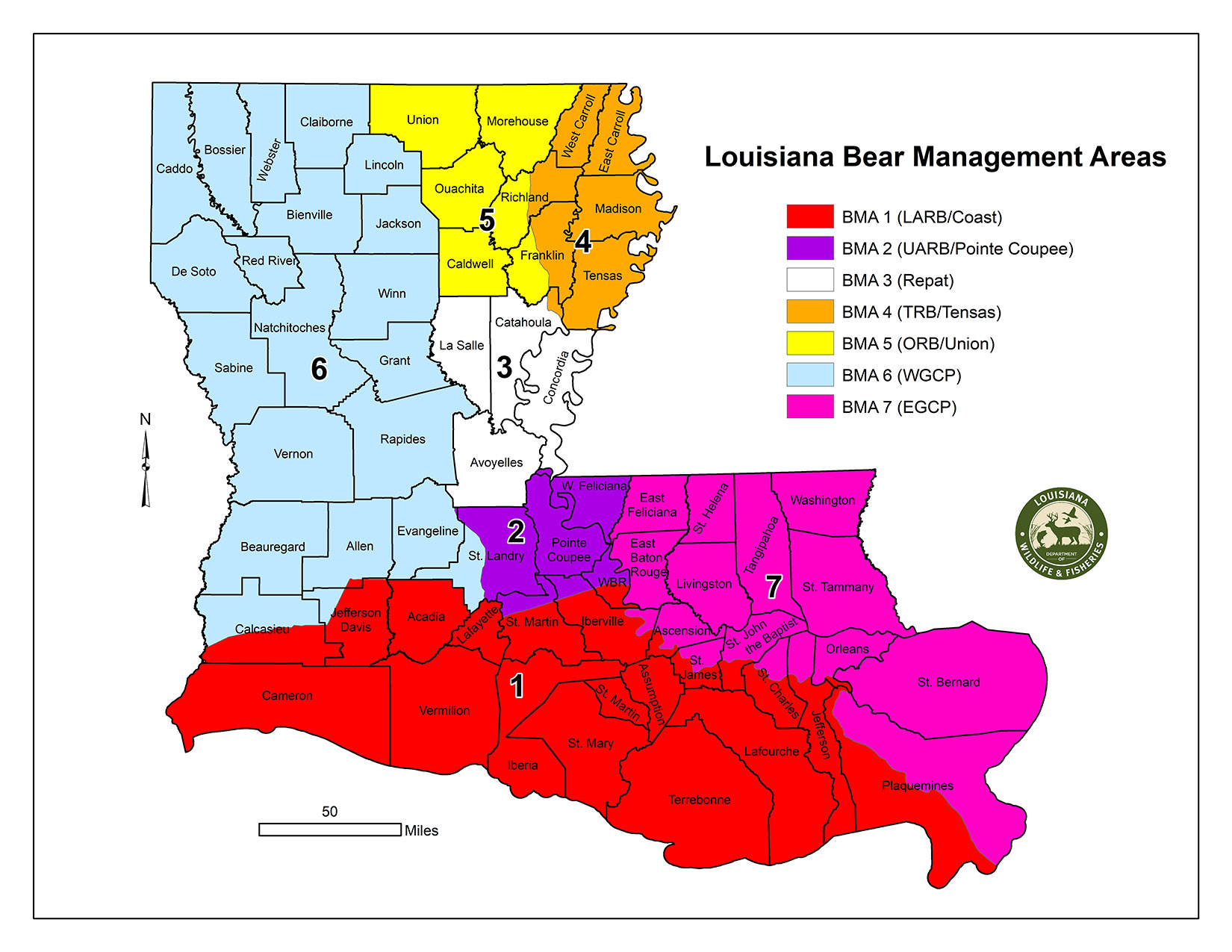
December season
According to the NOI, the season will be from the first Saturday in December to the Sunday following the third Saturday in December. It will be still hunt only.
“These limits could change yearly,” said John Hanks, Louisiana Wildlife and Fisheries program director.
Hunters, farmers and others suffering from nuisance bears hope, upon further review, it changes and includes more areas when the season is set.
Some commissioners assured those in attendance the harvest limit of 10 was reached from “scientific” measures.
The NOI will now go before the public for comments before going before the commission for the vote. When asked how Hanks and his team came up with a 10 bear harvest the first season, he explained:
“We have done numerous hair snare population sample work,” he said. “There is roughly 264 females in that area (4). The core of that area is the Tensas National Wildlife Refuge, and it is roughly 80,000 acres. We were hunting the peripheral around that, and the number of bears in that area is 100. Ten is 10 percent of that. We are taking 10 based on that. The season dates are set so that more males are harvested.”
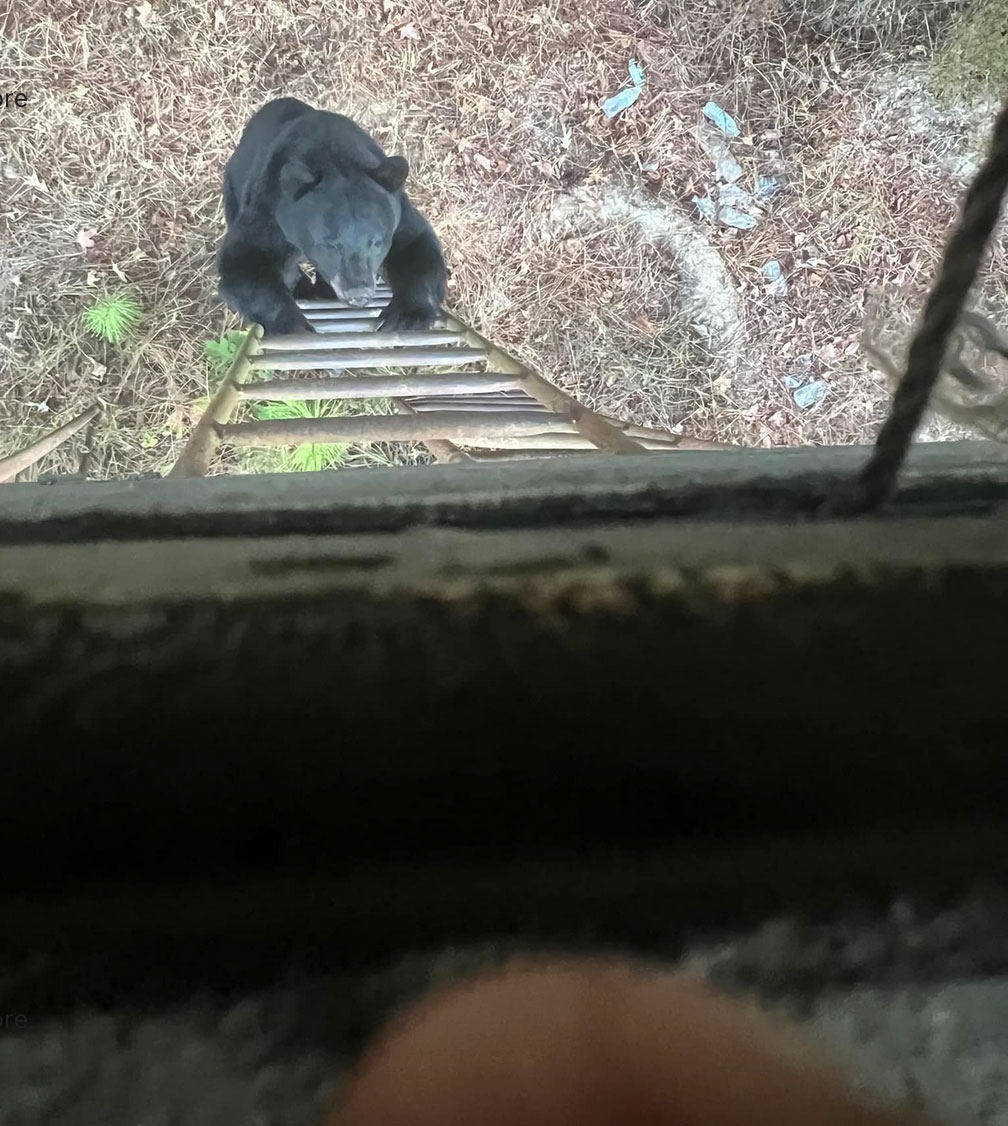
The actual number of bears in the state is a sticking point for many, who believe the total number of bears in the state right now are seriously underestimated.
Not nearly enough
One hunter, Eric Ferrington, who hunts with his three sons in Region 4, said the bears have become a serious nuisance to him and his family.
“I think 10 bears is not nearly enough,” he said. “Between Sicily Island and Harrisonburg right now, I have six bears on camera everyday. Ten wouldn’t even create any relief whatsoever.”
Ferrington described the bear population in Tensas Parish as “overrun.”
“You can’t go down any rural road in Tensas Parish without seeing a bear day or night,” he said.
According to Ferrington, he cannot bait deer without the bears disturbing the feed or destroying feeders.
“I’ve had seven deer feeders destroyed this year,” he said. “All were full of corn at the time, and I was not even aware we had a bear in the area or I wouldn’t have put them out.”
Between the bears and the hogs finishing the bait, it cost Ferrington an estimated $1,200 worth of corn. Bears have robbed corn from metal canisters at his camp. Bears also damage deer stands and camps themselves.
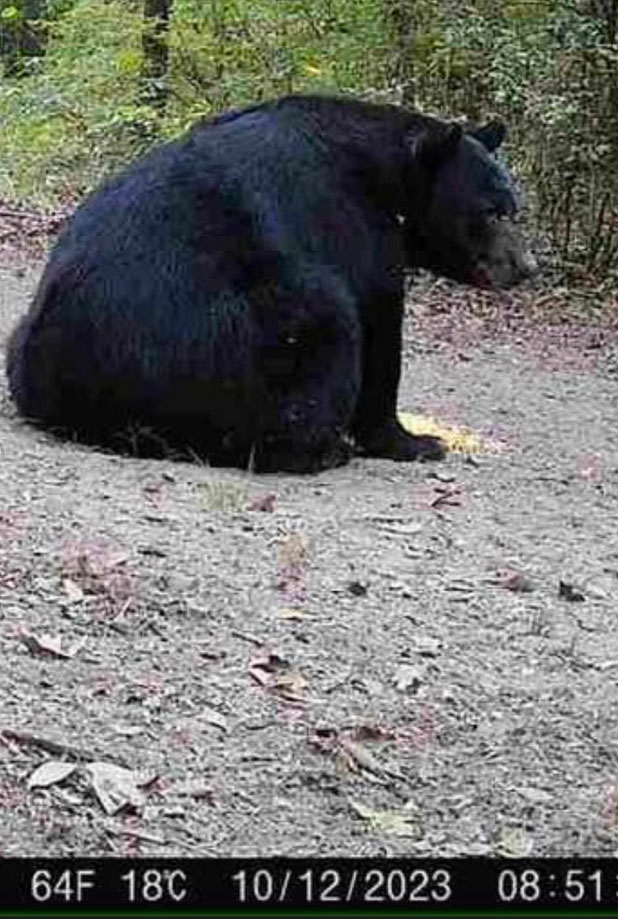
No natural predators
Ferrington also recalled an instance when his then 11-year-old son had a scary encounter with a female bear.
“When Lane and Logan were in junior high, we went hunting in Monterey,” Ferrington said. “One afternoon, Lane was hunting in a stand where I could see him and three bears came out. It was a big sow wearing a collar and two cubs. In an attempt to run them off so we can get down, I fired a warning shot in the air. They didn’t run off. They just went off in the palmetto. Lane heard me shoot and got down out of his stand. Half way to me, the sow comes out of the palmetto. She stomps the ground and goes to bellowing at (Lane). I took off running and hollering at her. He was 20 or 30 feet from her and was just a kid.”
Luckily, the sow ran off leaving the duo shook up.
“They have no natural predator,” Ferrington said. “A nuisance is an understatement. A hog is a nuisance, but I would rather have a 1,000 head of hogs than one bear.”
Meanwhile, commissioners allowed those in attendance to express their feelings about the possible bear season.
Richard Kennedy III of Safari Club International and President of the Acadiana chapter voiced his approval of the proposition.
“We looked forward to bringing black bear hunters into this program,” Kennedy said. “The black bear population is healthy. This is especially true in the northeast corner of the state where the commission is considering. We strongly support the commission’s consideration of a hunt that can help manage the Tensas bear population.”
Against the measure
There were a few that spoke out against the measure, including Dr. Micheal Claire, a Florida resident who formerly lived in Louisiana.
“I was instrumental in assuring the people in North Louisiana the listing of this endangered species was ultimately not going to interfere with hunting,” Claire told commissioners. “I am a named member on the suit against the listing of the bear against my federal government because I believe they are ultimately lying about the science that underlies the delisting. I believe we should be able to hunt, but it should be done in an excellent manner and according to science. Y’all are interested in restoring this important game animal throughout its entire habitat. This will require funding and resources. I am not opposed to hunting, but I think the proposal is premature.”
The lottery will be administered by the LDWF and is open to all properly licensed Louisiana hunters. If a person wins a permit but cannot hunt, private landowner permits are transferrable. Permits, which are transferable only one time, must be arranged prior to the mandatory training session.
WMA permits will be specified for WMA Bayou Mason, Big Lake and Buckhorn WMAs.
Successful applicants will not be allowed to hunt for another two seasons after their name is drawn.
Public comment on the NOI will be accepted through Feb. 5, 2024, at 4 p.m. and can be submitted to LDWF Large Carnivore Program Manager John Hanks at jhanks@wlf.la.gov or 318-343-8325.
Other planned aspects of the NOI:
- Cubs and females with cubs are not legal to harvest. A cub is defined as any bear less than or equal to 75 pounds.
- During the season, a bear may be taken with the following firearms: centerfire firearms, rimfire firearms, .30 caliber or larger, and shotguns 10 gauge and smaller using slugs, all of which must load exclusively form the breech; rifles and pistols, .44 caliber or larger, or shotguns 10 gauge or smaller all of which must load exclusively from the muzzle, use black powder or approved substitute only; bear must be taken by legal archery gear with a minimum draw weight of no less than 30 pounds.
- All successful bear hunters are required to remove the edible meat from the bear, which includes at a minimum all four quarters and all backstaps and tenderloins along the backbone.
- Hunters must wear hunter orange.
- Harvested bears must be tagged immediately upon harvest and prior to being moved from site of harvest. All successful bear hunters must immediately contact their designated department biologist to report their kills and schedule biological data collection.
- Baiting allowed two weeks prior to season opening to the day the season closes. Hunting over specified unprocessed bait, specified processed bait and use of a scent lure is allowed.
- All successful applicants or transferees will be required to attend a department bear hunter training course prior to going afield.
